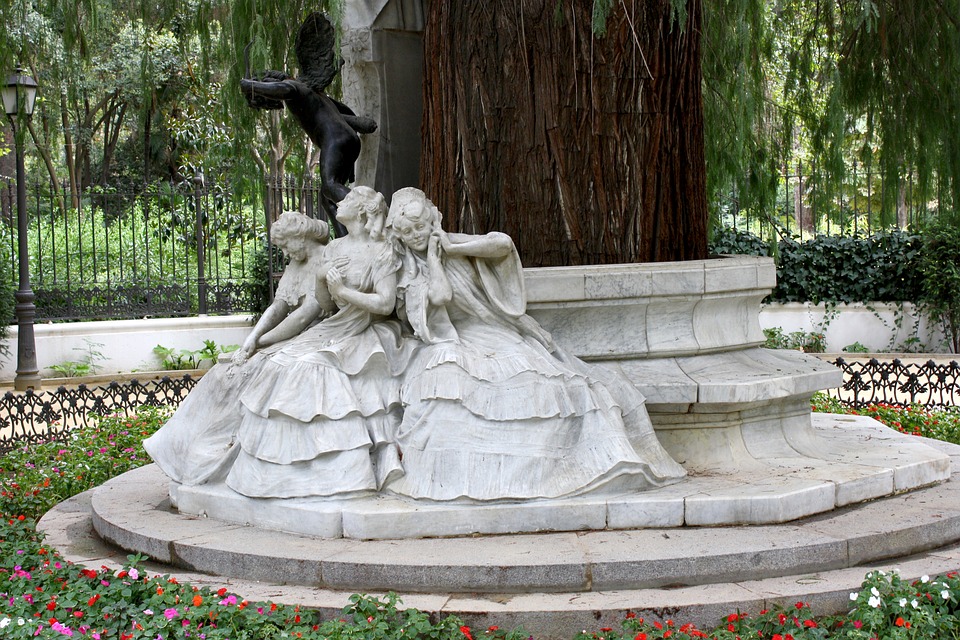Caliphal Silverware in Spain
Country of the crafting: Spain
Region of the crafting: Andalucia
Town of the crafting: Cordoba
Type of the crafting: Jewellery
1. Geographic area
The caliphal filigree is a handmade jewelry craft activity made according to the traditional methods of Andalusian jewelry of the tenth century. Inspired by the decoration of the mosque and the palatine city of Madinat Al-Zahara in Cordoba. Instead of be typical in Cordoba, also was realised in other parts of Spain.
2. Craft characteristics
Possession of silverware obviously depends on individual wealth; the greater the means, the higher was the quality of tableware that was owned and the more numerous its pieces. the materials used were often controlled by sumptuary law. In the late Middle Ages and for much of the Early Modern period much of a great person’s disposable assets were often in plate, and what was not in use for a given meal was often displayed on a dressoir de parement or buffet (indeed, similar to a large Welsh dresser) in the dining hall. At the wedding of Philip the Good, Duke of Burgundy, and Isabella of Portugal in 1429, there was a dresser 20 feet long on either side of the room, each with five rows of plate.
3. The technique
The technique s used to decorate the pieces include secret alchemy formulas on how to apply ceramics, such as those used in tiles, but in the glazing of the jewels. Since the Middle Ages, Cordoba has been an outstanding centre of silver production in Europe, with an important organized guild of silversmiths since then.
4. Used materials
The main material is 925 thousandth silver coated with white gold and special glazed metal ceramics. the caliphal craft technique s include melting the raw material, using the same copper-silver alloy that was used during the caliphate, as required by the MetalsAct.
5. History
Elites in most ancient cultures preferred to eat off precious metals (“plate”) at the table; China and Japan were two major exceptions, using lacquerware and later fine pottery, especially porcelain. In Europe the elites dined off metal, usually silver for the rich and pewter or latten for the middling classes, from the ancient Greeks and Romans until the 18th century. Another alternative was the trencher, a large flat piece of either bread or wood. In the Middle Ages this was a common way of serving food, the bread also being eaten; even in elite dining it was not fully replaced in France until the 1650s









